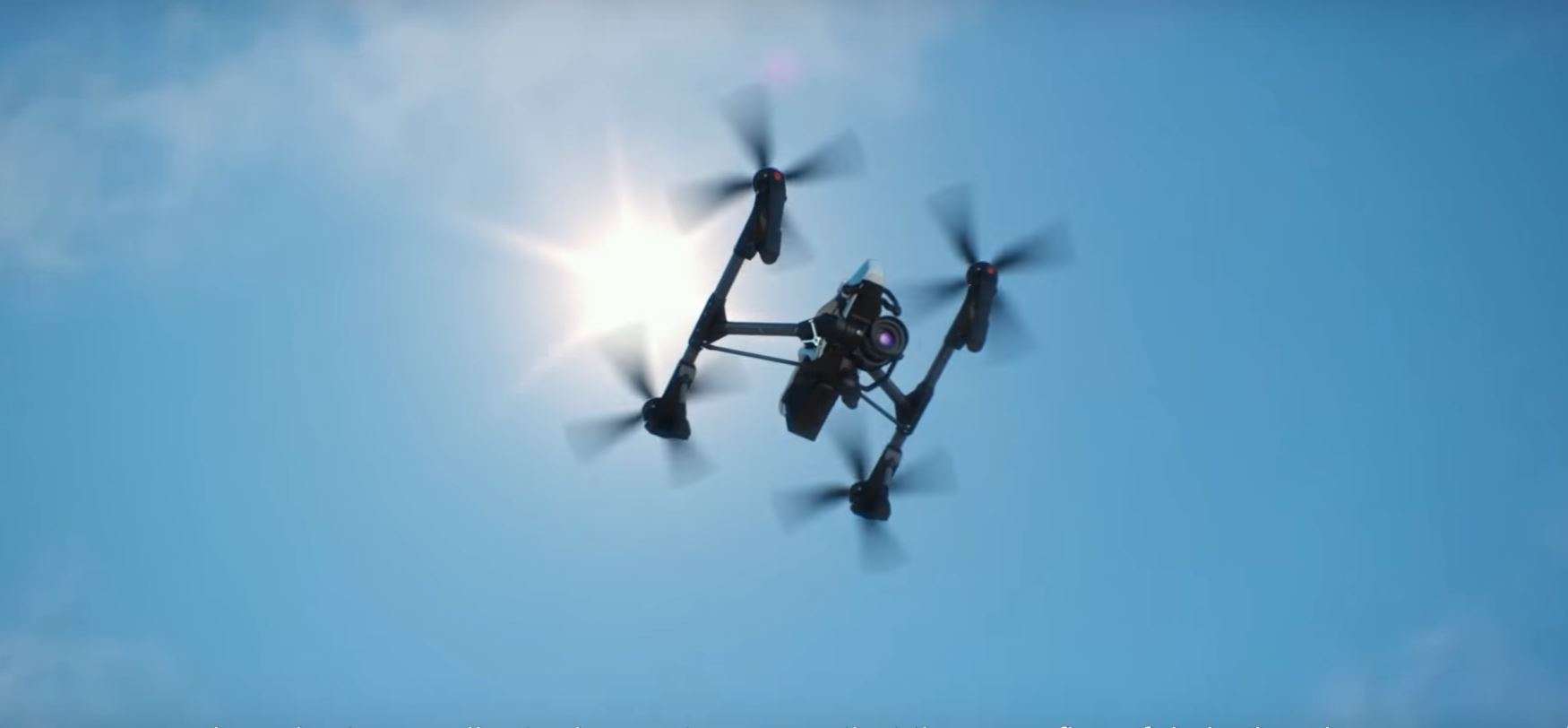Drone flight has typically been constrained by the ‘drone to transmitter’ range limitations, but Ericsson and China Mobile have just completed an impressive and innovative trial using the 5G cellular network.
Despite the lengthy range (as far as 15km) of aircraft such as the DJI Phantom, for some organisations it is still just not enough, this has prompted Ericsson and China Mobile to take the technology one step further.
[perfectpullquote align=”full” cite=”” link=”” color=”” class=”” size=””]“With commercial implementation expected from 2020, Ericsson’s 5G research is coming out of the labs and into live test networks. We see tremendous opportunities in 5G, and we are mobilizing the ecosystem and collaborating with industry leaders such as China Mobile to help make 5G a reality.”, Chris Houghton, Head of Region Northeast Asia, Ericsson[/perfectpullquote]
Using the 5G cellular network, these two mobile industry pioneers were able to pilot a drone remotely in Wuxi (China’s Jiangsu province) over a great distance by using ‘handover’ technology, whereby the signal is passed between mobile masts as it travels from one waypoint to another.
An impressive aspect is that the same cellular masts were concurrently passing consumer mobile communications, therefore the technology used for the field-trial is already active and available today, masts would not need upgrade and the drone and transmitter would simply need the addition of a dedicated cellular module.
No specific details are available concerning the drone used but media photographs would suggest potentially it was a DJI Inspire.
[perfectpullquote align=”full” cite=”” link=”” color=”” class=”” size=””]“China Mobile join hands with Ericsson on research and trials of 5G key technologies, leveraging China Mobile’s 5G joint innovation center as the platform. Both companies target to explore the 5G possibilities in vertical industries and new use case scenarios, and together drive towards 5G commercial capability in 2020.”, Huang Yuhong, Deputy Head, China Mobile Research Institute (CMRI).[/perfectpullquote]
The justification for the trial was to demonstrate that drones can be used for mission-critical applications such as support for emergency services, providing aerial surveillence during flooding, fire or instances of terrorism.
The concern however is end-to-end latency and stability of service, if the mobile signal is dropped (a common occurance when travelling whilst on a mobile phone) then the drone is left without a pilot and technology such as RTH (Return to Home) would need to automatically invoke.
Cellular data is also very expensive, or at least for regular consumers, the expectation is that mobile network providers would need to make provisions for corporations and emergency services that wish to utilise this technology so that they can avoid the expensive ‘price per megabyte’ charges.
You can read the full press release from Ericsson here and please do comment below with your thoughts on the positives and/or negatives of this.

